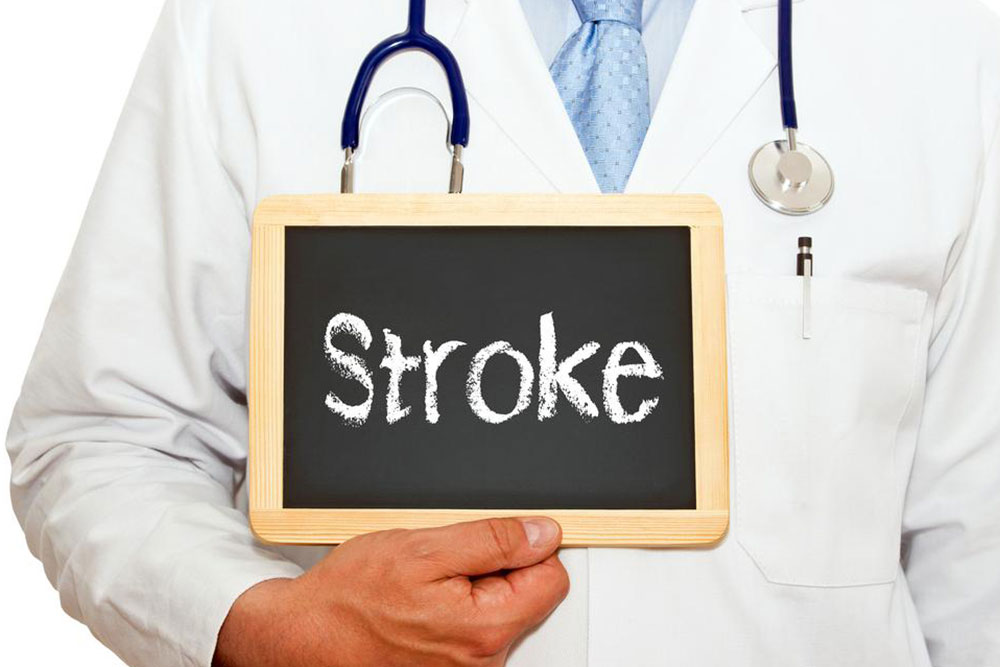Recognizing the Symptoms of a Mini Stroke: Key Warning Signs
Learn to identify the warning signs of a mini stroke, including facial drooping, arm weakness, and speech difficulties. Recognizing these symptoms early can save lives and prevent severe brain damage. Immediate medical attention is crucial for effective treatment and reducing the risk of a subsequent stroke. Understand the risk factors and act quickly if symptoms appear to ensure the best possible outcome.

Recognizing the Symptoms of a Mini Stroke: Key Warning Signs
A mini stroke, or transient ischemic attack (TIA), is a temporary neurological event caused by reduced blood flow to the brain. Although symptoms often resolve quickly, it signals a high risk of future strokes and requires immediate attention. TIA symptoms closely resemble those of a full stroke but typically last only a few hours to a day. Recognizing these signs early can prevent serious brain damage. Risk factors include age, family history, smoking, and male gender. Prompt treatment and medical evaluation are crucial to avoid long-term complications.
The main mini stroke warning signs include facial drooping, arm weakness, and speech difficulties. These symptoms are summarized with the acronym F.A.S.T: Face drooping, Arm weakness, Speech difficulty, and Time to seek help. For example, ask the person to smile—if one side droops or the smile is uneven, it’s a red flag. Similarly, inability to lift one arm or slurred speech signals an emergency. Other symptoms may include dizziness, vision problems, and sudden headaches. Immediate medical attention improves recovery chances and reduces the risk of a full stroke.
Recognizing and responding quickly to mini stroke symptoms can save lives. Knowing the signs and seeking urgent care is essential, especially for high-risk groups. Early intervention can prevent long-term brain damage and improve outcomes. Remember, a transient ischemic attack is a warning sign, not just a temporary inconvenience — acting fast can make all the difference.
Note: This overview aims to inform about mini stroke symptoms. If you suspect someone is experiencing these signs, seek emergency help immediately. Early diagnosis and treatment are critical for recovery and preventing serious health consequences.










